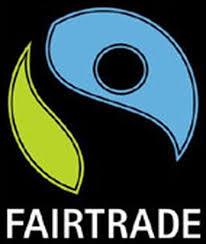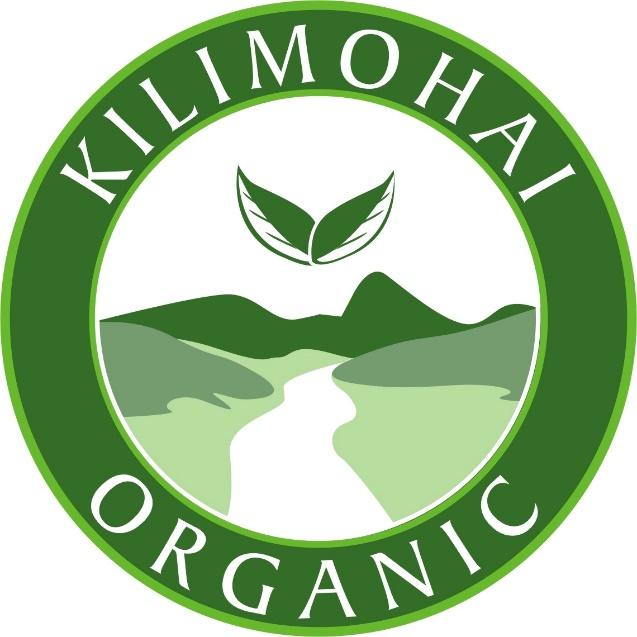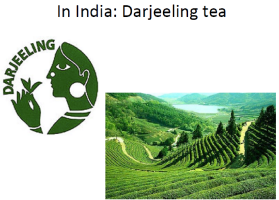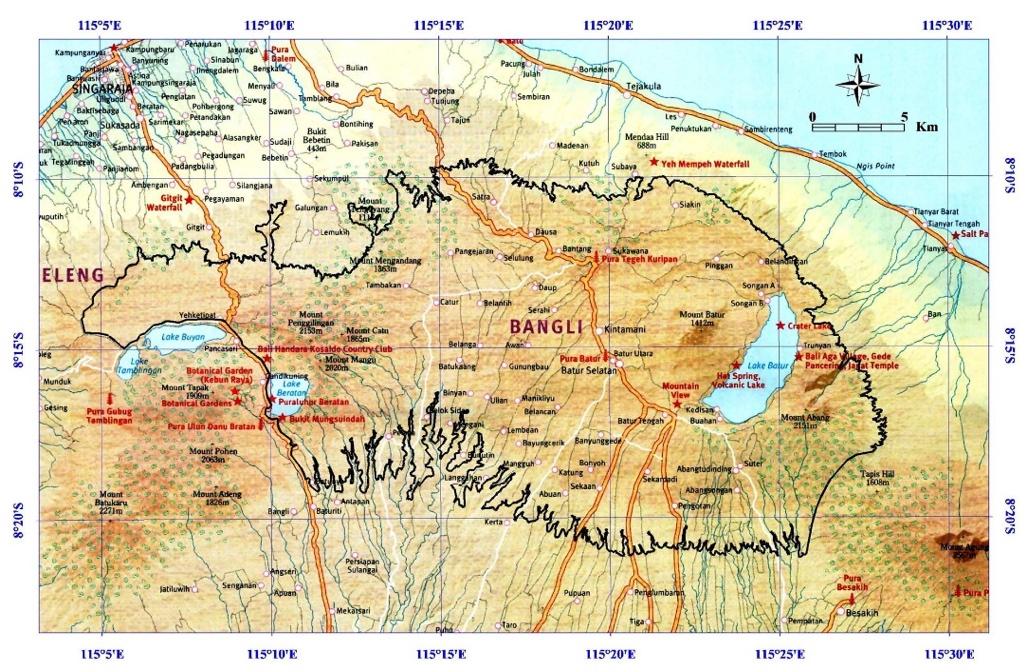Fair Trade, Organic, Geographical Indication: The Triple Certification Model for Rwenzori Coffee
"Enhancing Africa Green economy through Eco Geographical Indication for Coffee" : Triple certification
"Enhancing Africa Green economy through Eco Geographical Indication for Coffee" : Triple certification
The project aims at enabling a Triple Certification:
A certification is a document delivered by an independent body, that certifies that a product follows a given set of rules.
For agricultural products such as coffee, an increasing number of certifications have become available. This project supports a group of Mount Rwenzori Cooperatives and Cooperatives Unions to reach the combination of the following three certifications :
Fair trade: Fair trade rules, or standards, are designed to aid the sustainable development of small producers. Small producers are grouped in democratic cooperatives or groups, buyers and sellers establish long-term stable relationships, buyers must pay the producers at least the minimum Fair Trade price or the market price when it is higher. In addition, buyers must also pay a social premium through the producers’ organization.
Organic: Organic certification standards mean that the farming system prohibits the use of synthetic inputs, such as drugs, fertilizers and pesticides. The stakeholders of the Ugandan organic sector developed the Uganda Organic Standard in 2004 and adopted the East African Organic Product Standard in 2007.
Geographical Indication: Product names can be granted a 'Geographical Indication' (GI) if they have a specific link to the place where they are made. The GI recognition enables consumers to trust and distinguish quality products while also helping producers to market their products better. The Uganda government passed the Uganda Geographical Indications Act (Uganda Gazette, 11th October, 2013) and approved the Uganda Regulations for Geographical Indications (12th October, 2018 ).
Geographical indication (GI) is newer and less known than other certifications. On this platform, we therefore provide more details on GI.
Illustrations:
Fair Trade certification
Example: Logo of the International Fairtrade Certification Mark, owned by FLO (Fair Trade Labelling Organizations International)

Organic certification
Example: logo of the East African Organic Products Standard (EAOPS)

Geographical Indication (examples)
Example 1: Logo for Protected Geographical Indications within the European Union

Example 2: Logo for GI Darjeeling tea (India)

Further information:
Fairtrade is a system that promotes collaboration between producers and consumers with a view to reducing poverty and improving livelihoods through ethical trade practices. This is achieved through fair price payment to farmers for their produce, fair wages for labourers, fair governance and fair management practices.
Fairtrade certification is based on economic, environmental and social criteria.
The key benefits for coffee cooperatives are based on the three criteria required for Fairtrade Certification.
Updated information about Fair Trade pricing table, including minimum price and certification Premium can be found on the following contact: https://www.fairtrade.net/standard/minimum-price-info
For a cooperative to be Fairtrade certified, an audit is carried out by an independent body to assess whether the organisation is in compliance with two requirements:
An organisation will be certified for compliance if they fulfill all the core requirements and meet the minimum score on the development requirements as defined by the certification body.
For more detailed information, you can visit the following web sites:
Fairtrade International: https://www.fairtrade.net/about/what-is-fairtrade
Fairtrade International: https://files.fairtrade.net/standards/SPO_EN.pdf
Fair Trade USA®: https://www.fairtradecertified.org/
Organic agriculture entails the production management systems that enhance the agro-ecosystem health, including natural resources, biological nutrient cycles and soil fertility. Organic production systems are therefore based on precise production, processing and handling standards.
There has been a growing demand for organic certified production due to an increase in the number of consumers who are concerned about sustainable production of the food they consume. Consequently, this provides an improved access to market for organic products.
Cultivation of organic coffee necessitates the elimination of the use of synthetic fertilizers, pesticides and herbicides. Organic coffee production and subsequent certification requires that farmers adhere to five broad production principles:
Coffee farmers who may have used inorganic inputs in their cultivation of coffee are given two to three years to stop the use of inorganic inputs and strictly follow organic production guidelines for their coffee to be certified as organic.
Why should coffee cooperatives join organic coffee certification programmes?
Coffee cooperatives stand to benefit from organic certification of their coffee due to the following reasons:
Organic coffee can be sold at a premium rate compared to non-organic coffee, thereby offsetting the production costs incurred by the producers. Furthermore, in addition to the higher prices, the market for certified organic coffee is more stable than conventional coffee markets. The higher prices result in increased household income and ultimately increased household food security. However, the premium rate for organic coffee is not predetermined but depends on the quality of the coffee and on the market situation at a given point in time
The implementation of organic agriculture on the farm reduces the cost of inputs as farmers are able to use their traditional knowledge of the natural environment. Furthermore, there is improved quality of the coffee produced which enhances the first key benefit of gaining premium rates for the coffee.
The capacity of both the cooperative and the smallholder farmer is built in order to ensure the implementation of best agricultural practices which in turn increases the production capacity of the farmers.
Organic certification is an assessment undertaken by an independent body that gives a written assurance that the production process has conformed to organic standards. These include:
In instances where both conventional and organic coffee are grown, the producer must ensure that there is a clear and adequate barrier between the two types of coffee to prevent contamination with agro-chemicals from neighbouring fields.
More detailed information about Organic certification systems can be found on this address:
Product names can be granted with a 'Geographical Indication' (GI) if they have a specific link to the place where they are made. The GI recognition enables consumers to trust and distinguish quality products while also helping producers to market their products better.
Throughout the world, there are many examples of names associated with products of a certain nature and quality, known for their geographical origin and for having characteristics linked to that origin. Well-known specialty products are often named after their place of origin and common examples include: Darjeeling tea from India; Colombian coffee; Champagne sparkling wine from France.
Why are these local products special? Because they enjoy the unique combination of being from a specific region, local climate and soils in addition to the specific know-how and skills of the producers and processors. This results in a differentiated product - a product that has its own characteristics and reputation.
These specialty products have faithful buyers and consumers, who pay a higher price to enjoy this difference. Therefore, it is in the interest of both producers and consumers to have a guarantee that they are not fake or imitation products.
A Geographical Indication (GI) is a sign used on products that highlights a specific place or region of production and determines the characteristic qualities of the product originating from that place.
The Geographical Indication certificate is delivered by a National Authority. It gives a guarantee that the GI product is produced in a specific region, following fair and consistent production rules.
Geographical Indications are recognized worldwide. According to the World Trade Organization, they identify a good “as originating from a region, where a given quality, reputation or other characteristic of the good is essentially attributable to its geographical origin”.
Illustration:
 |
 |
 |
Further information:
Geographical Indications protect both consumers and producers.
The GI recognition enables consumers to trust and distinguish quality products. It provides the consumers with more detailed information on the origin and quality of the product (provenance, process, and verifications carried out). It ensures that the product is traceable. Buying a GI product, means you are sure of the product’s origin, its production and the production controls in place.
The GI recognition also protects producers from misuse of the product name by producers or traders who are located outside the area of production, or who counterfeit the product by not respecting the production rules. With the GI registration, producers located in the region and committed to the production rules, are granted the exclusive right to use the product name. By ensuring trust and conveying information, the geographical indication adds value to the product, therefore making it a marketing tool.
The GI recognition benefits also the regions and the state. It highlights the authentic image of a defined region of origin. It is recognized internationally and promotes the national agricultural or handicraft heritage and preservation of cultural traditions.
Illustration:
Geographical Indications are a strategic area for the African Union.

Further information:
African Union, 2017. The Continental Strategy for the Geographical Indications (GIs) in Africa: https://africa-gi.com/en
Three components must be present to register successfully a Geographical Indication:
First of all, a Geographical Indication stands for a special product. The uniqueness of the product comes from the specific quality, reputation, or characteristics, that can be attributed to its place of production. A GI cannot be invented, it is recognized because it benefits from a good “name” and reputation.
Only such special products can be registered as GI. If your product is not unique, you may use other labels, but do not try to register it as a GI!
Second, the GI operators (producers, processors) must set up an organization in order to apply for a Geographical Indication. To apply, local producers and processors must agree on the definition of :
The GI value chain organization files the application for registration as a Geographical Indication. After registration, this organization becomes responsible for the internal control of the GI rules.
Thirdly, Geographical Indications are an Intellectual Property Right, on the same level as Trademarks or Copyrights. GI must be registered at national level, by the official body in charge of Intellectual Property Rights.
In Uganda, a full legal framework is already in place for Geographical Indications. GI applications must be filed at the Uganda Registration Service Bureau (URSB).
Illustration:

Further information:
https://ursb.go.ug/geographical-indications/

Geographical Indications are a tool to promote and add value to specialty local products that are part of the national heritage. They require the collaboration of different parties:
Illustration:

Further information:
FAO and Siner-GI Project -2009. Linking people, places and products. A guide for promoting quality linked to geographical origin and sustainable Geographical Indications. Rome, FAO, 189 p.
http://www.fao.org/3/i1760e/i1760e.pdf
There are 3 main benefits of registering a Geographical Indication:
The name of the product registered as a Geographical Indication is a protected Intellectual Property Right.
* The Name is reserved for products that respect the GI rules and Specifications, and are produced within a delimited area.
* The name enjoys administrative protection by public authorities.
* The name is not reserved to 1 single owner: It can be used by all producers, within the area, who comply with the GI specifications.
Geographical Indications promote products by raising the market profile of famous, high-quality local goods. GIs highlight the authentic image of a defined region of origin therefore making it a “territory ownership model”.
The differentiation on the market results in a better price and better division of the added value.
GIs can be used for agricultural products, but also for other goods such as handicrafts.
The emphasis on geographical indication stimulates the definition, the improvement and the remuneration of quality.
Illustration:
Official Certificate of GI (Example)
Pepper from Sarawak (Malaysia)

GI as a marketing tool (example):
Penja pepper (Cameroon) sold in France as a specialty product

By definition, Geographical Indications identify a product, where a given quality, characteristic or reputation is essentially attributable to its geographical origin.
It is therefore necessary to define:
in a document, called GI standards, or GI specification ( or also called: Book of requirements, GI rules, Code of practices…).
The GI specifications should contain:
These contents must stem from a participatory agreement among the local producers and processors of the GI product. Indeed, they are the people who know the specific product well. In addition, they are members of the GI organization that will be in charge of the internal controls.
Special care is needed when defining these GI rules. The rules should focus on the specific aspects and key production methods that guarantee that the product is different and has a good reputation. However, they must be realistic and controllable because if a rule cannot be controlled or is too costly to control, then it will be inefficient.
Illustration:
GI specification (example):
Red-cherry picking is one of the key rules for high-quality coffee
Source: https://perfectdailygrind.com/2017/08/a-roasters-guide-to-ugandan-specialty-coffee/

Further information:
FAO and Siner-GI Project -2009. Linking people, places and products. A guide for promoting quality linked to geographical origin and sustainable Geographical Indications. Rome, FAO, 189 p.
http://www.fao.org/3/i1760e/i1760e.pdf
A Geographical Indication identifies a product as originating from a given place. In addition, the qualities or reputation of the product should be essentially due to the place of origin. Since the qualities depend on the geographical place of production, there is a link between the product and its original place of production.
For example, the altitude, the climate, the soil, but also the local traditions and skills, help draw the “quality map” and hence, the geographical area of the GI product.
The delimitation of a Geographical Indication is not necessarily tied to the administrative borders of regions or districts. It should be based on facts that are related to the quality, characteristics or reputation of the product. Four major criteria should be considered:
The area for processing activities may be different than the area for the production of raw material.
Delimiting the area is an essential step for a GI. It requires dialogue and deliberation, since it defines who is included and who is not in the GI process.
Illustration:
Delimited area of a Geographical Indication (example) :
Map of the delimited area for Arabica coffee “Kintamani Bali”
Geographical Indication (Bali island, Indonesia)

Further information:
FAO and Siner-GI Project -2009. Linking people, places and products. A guide for promoting quality linked to geographical origin and sustainable Geographical Indications. Rome, FAO, 189 p.
http://www.fao.org/3/i1760e/i1760e.pdf
Geographical Indications make a clear promise to the consumers : The product originates from a defined region, and it is produced according to a set of rules, the GI specifications, to which producers and processors commit.
It is therefore necessary to enforce a traceability of this origin, and a control of these rules.
The guarantee system for Geographical Indications combines 3 levels:
The Control Plan is an important document to check that the GI specifications are respected. It must contain:
Illustration:
The GI organization commits to respect the GI rules (example):
Meeting of the coffee producers' representatives , Arabica coffee "Bali Kintamani" Geographical Indication (Bali Island, Indonesia)

Further information:
FAO and Siner-GI Project -2009. Linking people, places and products. A guide for promoting quality linked to geographical origin and sustainable Geographical Indications. Rome, FAO, 189 p.
Copyright © 2022 (v2.1.0)